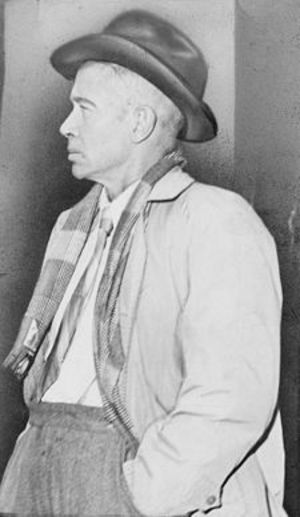With summer approaching, people are exercising more than ever in an attempt to losing those last 10 pounds. Besides the usual over training, sprains, and muscle aches that exercisers have to deal with, they face a new danger – heat. Early summer and even late spring brings with it temperatures that can quickly become dangerous for those exercising. Here are a few tips on how to lose those pounds without losing your life in the process.
1.Stay hydrated. Water is okay, but sports drinks are better in hot weather. This is because you’ll likely sweat more, losing water as well as minerals, including salt. Chugging pure water can actually be harmful so sports drinks are the way to go. Best to go stock up on some Gatorade before you even plan any type of activity.
2.Take regular breaks. It doesn’t matter if your body can endure an hour of nonstop running in ordinary circumstances. Your body may be able to handle the cardiovascular aspect, but it won’t be able to handle the temperature boost, no matter how seasoned you are. Take a break every half hour if you’re doing intensive exercise and every hour for light or moderate exercise. Breaks should be five to ten minutes in a shady area so your heart rate and temperature can come down. Use this time to sip the sports drinks you stocked up on.
3.Exercise in the shade. If you’re running or walking, this might not be possible the whole time, but do your best to stay in the shade. It’s cooler there so you minimize the risks of exercising in hot weather a bit. If possible, an indoor track or pool would be better on days of extremely hot weather.
4.Exercise in the early morning or late evening. The hottest time of the day is usually around 11 am to 2 pm. If you schedule your exercise at around 7 to 9 am or 4 to 6 pm, you won’t be subjected to as hot of temperatures.
5.Wear loose cotton clothing. You may be tempted to work out in your beloved spandex shorts or your flattering black velvet pants, but this is one of those times where it may be necessary to forsake style for health and safety. Loose cotton clothing allows air to circulate around your body, which will allow your sweat to evaporate, cooling down your body in the process. Lighter colors are preferable over darker ones and shorts and sleeveless tops are preferred over others.
6.Don’t push yourself too hard. It’s common for us to push our bodies during exercise, especially if the goal is increased strength and endurance. In hot weather, however, your body is already facing an extra challenge by having to work hard to keep the body’s temperature stable. Pushing your body beyond its limits will require it to put in effort to sustain the exercise, taking away some of the focus from body temperature regulation.
7.Sunscreen, and lots of it. Your internal organs aren’t the only thing that need protecting in hot weather. Your skin is also susceptible to the heat and improper protection can lead to things like cancer. Get a good SPF level sunscreen, but make sure it’s not the kind that will clog your pores. You need them to sweat. Chapstick is also your friend. Do not, however, wear a hat, as heat is released through the head and a hat can impede this process.
8.Don’t exercise for too long. Even with regular breaks and lots of fluids, exercising for hours upon hours can be dangerous. Your body needs to take more energy to keep up with exercise the longer it goes on. This, like pushing your body to hard, takes away from the body’s ability to regulate temperature efficiently. The recommended time for weight loss is an hour of exercise, 4 to 5 times a week. If you just want to stay in shape, only half an hour is required. Unless you’re training for a sport of competition of some sort, with an experienced trainer or coach, there is no need to go for longer than that.
9.Bring along equipment to help assess your risk. If you’re working out intensely, or even if you’re unsure of how much or how hard to work out, bring along a heart rate monitor. Sports Authority, Sporting Goods, or almost any sporting type store should carry them. It will tell you how high your heart rate is going during exercise. You should stay in between 70% and 85% of your maximum heart rate on hot days. If you must work out intensely because of training purposes, it’s best to bring along a thermometer and a blood pressure monitor. A temperature over 101 degrees Fahrenheit is a sign that you need to stop or at least take an extended break and cool down. A blood pressure monitor is good for assessing dehydration. If your blood pressure is getting low, you need to take a break and get hydrated.
10.Listen to your body. Everything else aside, your body is the most accurate gauge of how you’re doing. If you feel in any way out of the ordinary, you need to stop exercising. This includes heart palpitations, increasing fatigue, chest pain or pressure. Don’t ignore the signs either. If you’re thirsty, drink. This is not the time to wait until you finish that last lap or set. Remember, you can’t exercise if you’re dead.





